With the recent rise of grain-free diets for dogs, many pet parents have concerns about the safety of grain-inclusive ingredients in pet food.
As gluten-free options gained popularity in human nutrition, dog owners began to question the benefits of grains for their canine companions.
Although some pups may suffer from grain or gluten sensitivities, most dogs thrive on a grain-inclusive diet.
Unlike wolves, domestic dogs are omnivores. Your furry friend can safely eat most grains, but you should try to limit certain grain by-products in your dog’s diet.
Some grains provide more nutritional benefits and are considered higher quality ingredients. Always look for dog food that contains whole grains instead of highly processed options.
Dog owners often chose a grain-free diet to avoid gluten. But, not all grains contain gluten. Some non-traditional ingredients may be a better alternative for more sensitive pups. Ancient grains like quinoa also offer denser nutrient content than more traditional options.
Keep reading to learn more about the best grains for dogs. We’ll discuss which grains are safe to feed your pup and which you should avoid. So you can understand the ingredients in your dog’s grain inclusive diet to help keep your four-legged friend happy and healthy.
9 Best Grains For Dogs: Safe Grain-Inclusive Ingredients
These nine grains are common ingredients in dog food.
All are safe options for your pet, and several have impressive nutritional benefits.
But remember to always consult your veterinarian before making any changes to your dog’s diet.
1. Whole Wheat
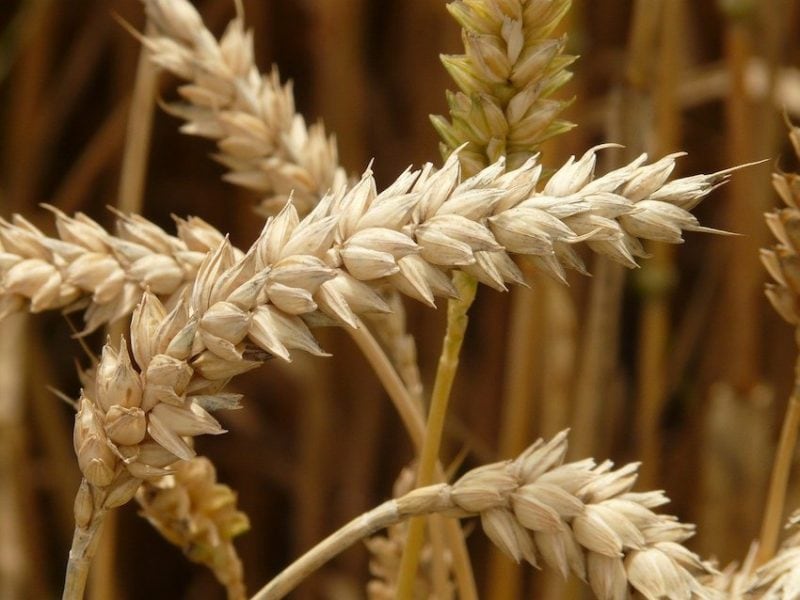
Wheat is a common primary ingredient in dry dog food formulas. Wheat does contain gluten, and some dogs are allergic to wheat. But for most pups, whole wheat can be a valuable component of a balanced diet.
Domestic dogs can safely eat and digest wheat. This grain is an excellent source of digestible carbohydrates, which your dog uses for energy. Wheat is also a good source of complementary protein in meat-based formulas.
Whole wheat is the best form of this grain for dogs. Whole grains contain grain kernels that have been left intact. The outer layer of a wheat kernel is the wheat bran, which is rich in fiber. Fiber acts as a prebiotic, nourishing the good bacteria in your dog’s digestive system.
2. Brown Rice
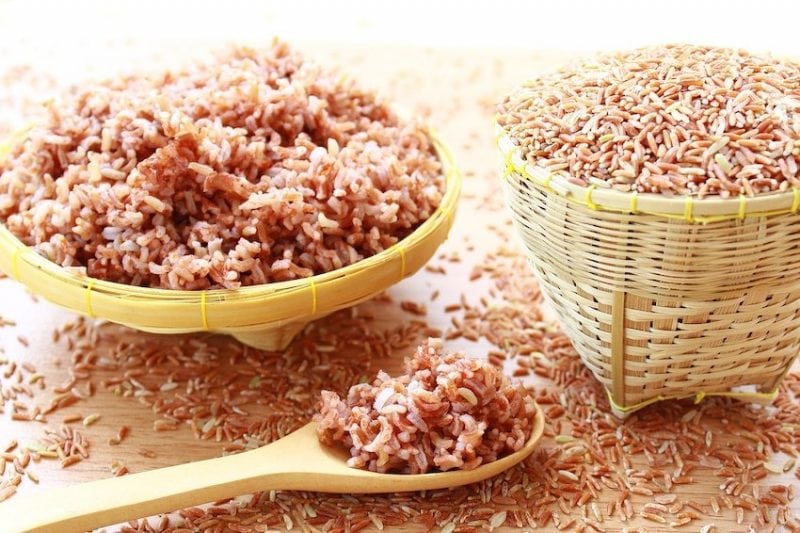
Rice is a readily available grain that is rich in vitamins and minerals. Brown rice is a whole grain that still has the outer kernel layers, unlike white rice. This brown hull contains most of the fiber and nutrient content of the grain.
In addition to fiber and carbohydrates, brown rice is rich in B vitamins. These vitamins play a vital role in energy metabolism and enzyme function. This ingredient is also a natural source of magnesium, selenium, phosphorus, and vitamin E.
Dogs experiencing digestive upset may benefit from eating whole brown rice or white rice. This grain is easily digestible and can help soothe your pup’s stomach as he recovers.
3. Barley
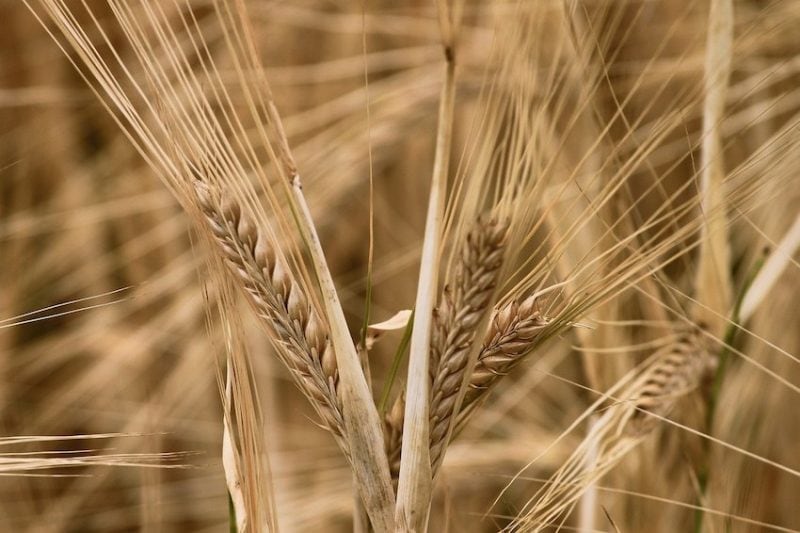
Barley is another common cereal grain used as a source of carbohydrates in dog food. Although most frequently associated with brewing beer, this grain is a popular alternative to corn and wheat.
Compared to other grains, Barley has an exceptionally high energy content. It is an ideal ingredient for active dogs with higher carbohydrate needs. Like rice, Barley is also rich in B vitamins.
Many formulas use pearled barley, a processed version of barley without an outer shell. Non-hulled barley appears on pet food labels as barley groats and is an excellent fiber source for dogs. Although rarer, barley groats are the preferable form of this grain.
4. Oats
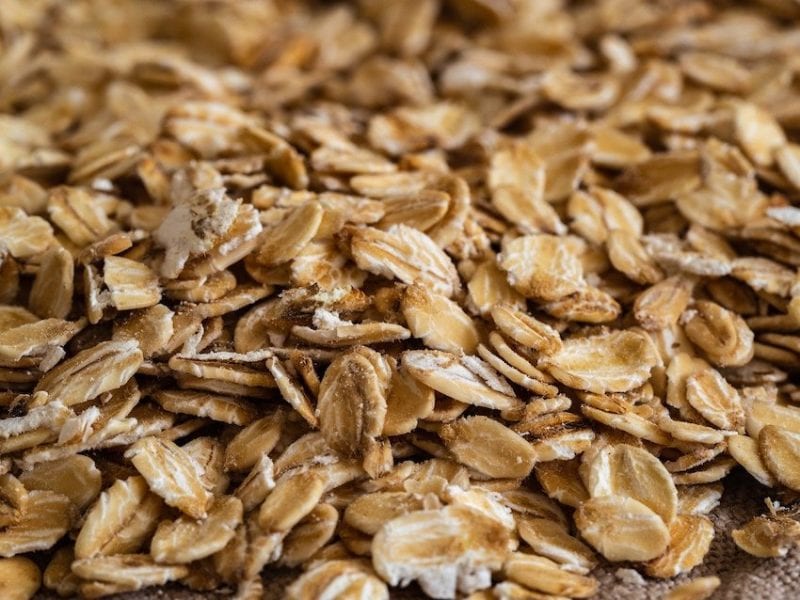
Oats are one of the most nutritious grains in human and canine diets. Oats are high in protein and low in gluten. They are popular in formulas for dogs with sensitivities to corn, wheat, or other grains.
Although dogs digest animal protein more efficiently than plant protein, oats can help boost meat-based diets’ protein content. The low glycemic index of oats helps control blood sugar. And the soluble fiber from whole oats helps manage cholesterol.
You will probably encounter oats as oatmeal on a dog food label. Oatmeal is a premium ingredient made from ground whole oats. Oats are also ideal for pet parents who prefer to feed a non-GMO diet.
5. Millet
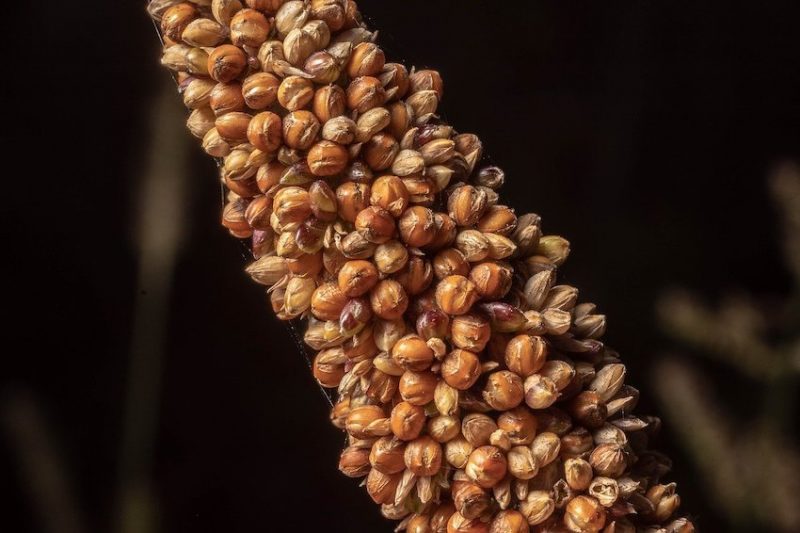
Millet is a small seed most often used in wild bird food. But, this grain is growing in popularity as an omnivore-appropriate dog food ingredient. This grass seed is similar to the grains that your dog’s ancestors consumed by eating a prey animal’s stomach.
This grain is also gluten-free, making it a popular choice for gluten-sensitive dogs who prefer grain-inclusive diets. Additional features of millet include high concentrations of antioxidants, which boost your dog’s immune system.
A higher fat content than most grains adds to the dietary energy provided by Millet. Carbohydrates are used as fast-burn energy in your pup’s body, while fat offers a source of slow-burn energy.
6. Quinoa
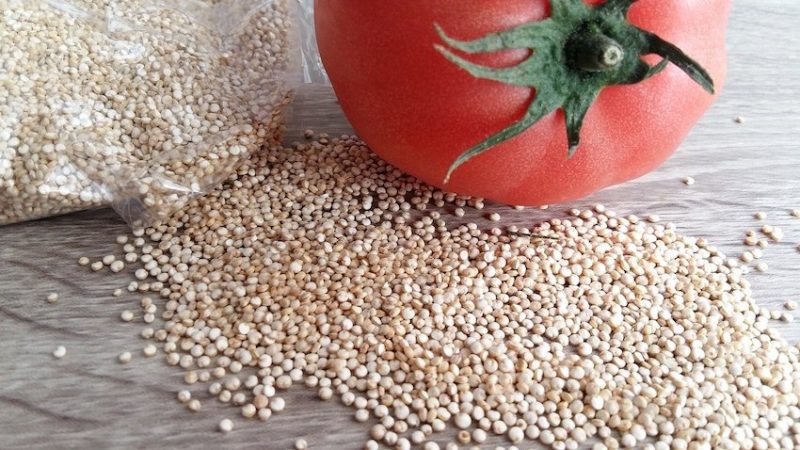
Quinoa is a healthy grain enjoyed by humans that is also safe for canines in moderate amounts. Premium grain-inclusive dog food formulas sometimes contain this edible seed, and it’s a healthier alternative to corn and wheat, which are common starchy ingredients in kibble.
It’s no wonder why it’s becoming more common to see dog food with quinoa as a primary grain!
This ancient grain is nutrient-dense and packed with calcium. Calcium is an essential mineral in canine diets that plays a critical role in bone development.
Some pet owners are concerned about the presence of saponin in quinoa. This natural chemical can irritate canine intestines. But the tiny fraction of saponin present in quinoa is too small to cause health problems in normal portions.
7. Sorghum
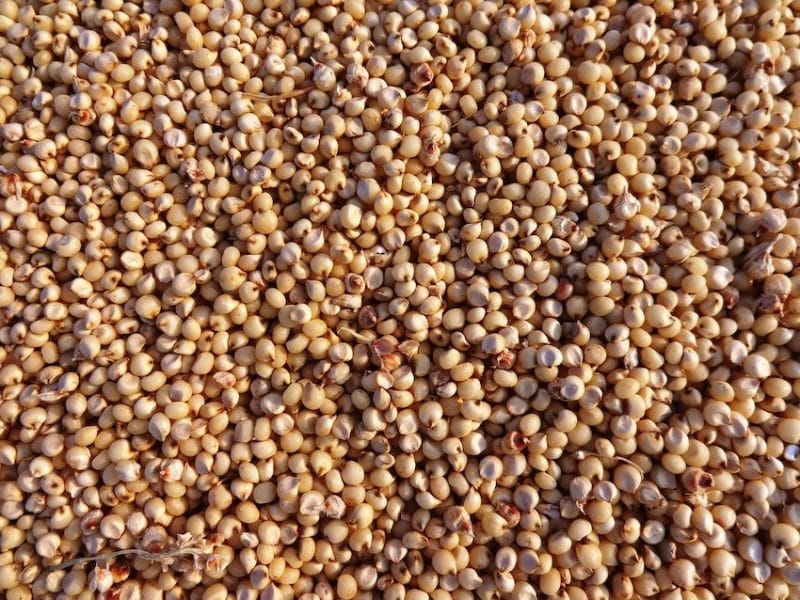
Sorghum is another ancient grain that is often referred to as a ‘superfood’ in pet formulas. It is gluten-free and has a higher nutritional value than most traditional grains.
This cereal grass has similar digestibility to rice but boasts a lower glycemic index. So sorghum may be beneficial in grain-inclusive diets for pets with diabetes. Essential fatty acids from sorghum also have antioxidant effects in your pup’s body.
The sorghum’s high mineral content provides a dietary source of phosphorus, copper, magnesium, and zinc. Natural sources of vitamins and minerals are more bioavailable than artificial mineral supplements used in some dog foods.
8. Rye
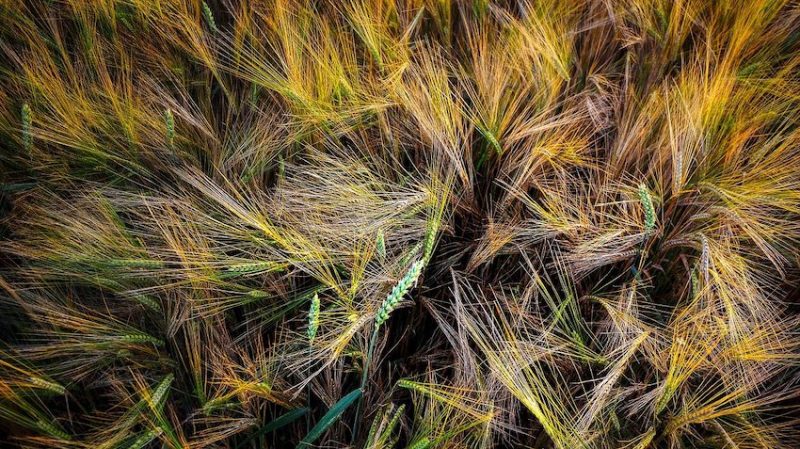
Like wheat and barley, rye contains gluten. So this grain is not suitable for dogs with gluten sensitivities, celiac disease, or grain intolerance. But, some dog food companies prefer this grain as a source of carbohydrates in weight control formulas.
Rye has a very similar nutritional profile to barley. It is an excellent source of B vitamins and fiber. But despite high energy levels, some human studies demonstrate that rye can help promote weight loss, blood sugar control, and heart health.
When unprocessed, Rye has a higher fiber content than wheat. Dog’s don’t use fiber as a primary source of energy, but a high fiber content helps your dog feel full and prevents overeating.
9. Corn
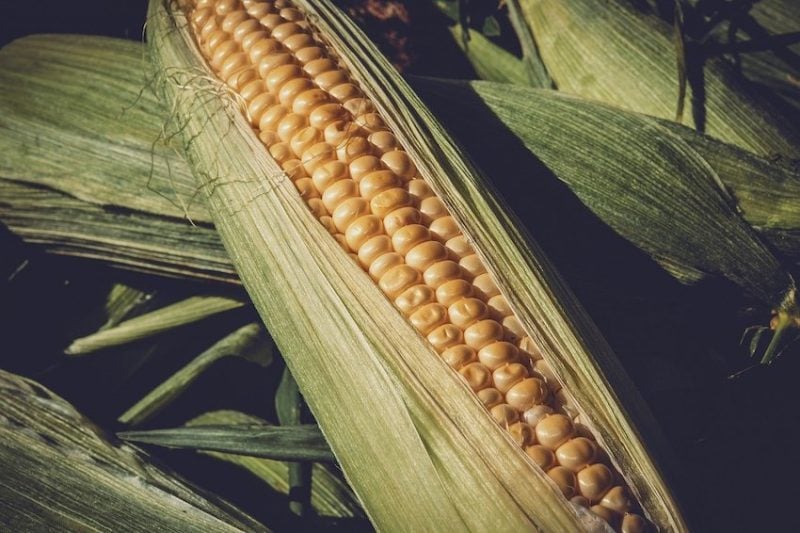
Despite its popularity as an ingredient in grain-inclusive dog food, corn can be controversial. Some pups do suffer from corn allergies. But overall, corn is a safe dietary ingredient for most canines that is high in digestible carbohydrates and nutrients.
Indeed, some of the other ancient grains on this list pack a more significant nutritional punch. But this affordable and abundant grain does contain substantial levels of vitamin E and beta-carotene. It also provides essential fatty acids that support coat health.
Unfortunately, many corn-containing ingredients in dog foods are by-products, like corn gluten meal. Try to select dog foods with whole corn ingredients for the most significant health benefits. Meat, not corn, should be the primary ingredient in any dog food formula.
Caution: Grain Products To Avoid or Limit
Although some grains can be a valuable addition to your dog’s diet, you should try to avoid other low-quality ingredients. High-quality whole grains are the best healthy grains for your dog.
But, dogs with intolerances will still have adverse reactions to whole ingredients if they are allergic to that grain.
Common grain allergies include wheat and corn. Rarer, ancient grains may be a more suitable alternative for your sensitive dog.
Grain by-products frequently appear on dog food labels due to their affordability. Yet, these leftovers from manufacturing often have reduced nutritional content compared to whole grains.
Lower quality cereal grains and by-products may be safe pet food ingredients. But limiting these ingredients in favor of high-quality grains with more significant health benefits can help you create an optimal diet for your dog.
By-products are secondary ingredients created by the production of something else. Although considered safe for dogs, most grain by-products are manufacturing waste not suitable for human consumption.
These grain products appear in dry dog food for their convenience and affordability, not their nutritional value. Selecting a formula that uses whole-grain ingredients instead of grain by-products ensures that your dog’s diet prioritizes his health over profit margins.
Try to limit these grain products when shopping for a new grain-inclusive pet food.
- Wheat Gluten – This dry powder is a highly processed product from wheat often used as a cheap protein source to manipulate a high protein content. Animal proteins are much more bioavailable to dogs. And gluten can be problematic for pups with food allergies.
- Corn Gluten Meal – Corn gluten meal is a by-product of highly processed corn products like corn syrup. This ingredient does not have any gluten and is made solely of protein. But this protein has exceptionally poor digestibility.
- Wheat Middlings – Often referred to as ‘floor sweepings,’ this manufacturing by-product comprises leftovers from mills that make wheat products for human consumption. This ingredient has limited nutritional value besides acting as a source of carbs.
- Cereal Fines – Cereal fines consist of fine particles produced by cereal grain processing. This debris typically doesn’t list the origin grain, making it difficult to determine the ingredient’s nutritional value. An unknown origin is also problematic for allergies.
- Grain Hulls – Rice hulls and oat hulls are standard grain products used for fiber in pet food. The hulls are by-products from refining grains and may not provide the same nutritional benefits of the whole grain ingredient.
Grain-Free Diet Risks
While some grain-inclusive ingredients may be problematic, there are risks associated with eliminating grain from your dog’s diet. The FDA recently began an investigation into a potential link between grain-free diets and canine dilated cardiomyopathy, or DCM.
DCM is a heart condition that decreases your pup’s ability to pump blood throughout his body. The FDA investigation found a correlation between this disease, grain-free dog food, and taurine deficiency.
While research has yet to determine exactly what it is about grain-free diets that correlates with DCM, the connection reinforces that owners likely shouldn’t feed their dogs a grain-free diet and should opt for a grain-inclusive dog food that doesn’t have legumes or peas, unless the dog has a unique allergy or dietary issues.
Taurine is an amino acid that supports heart health by reducing cholesterol and blood pressure. This amino acid comes from animal meats, but some grains contain taurine precursors.
Grain-free formulas typically use potatoes and legumes as alternative sources of digestible carbohydrates. These ingredients have enzyme inhibitors that can interfere with taurine absorption in dogs, increasing the risk of heart conditions.
Grain-Free Isn’t Better Than Grain-Inclusive (Usually)
Before selecting a grain-free diet for your pup, consider the benefits of choosing dog foods with healthy whole grains. Although some pets may suffer from food allergies to gluten sources like wheat, dogs are omnivores that can thrive on a grain inclusive diet.
Several types of traditional and ancient grains are safe for canine consumption. These ingredients include nutrient-dense foods that provide high levels of carbs, protein, vitamins, and minerals.
Dogs use carbohydrates as a source of energy. Active pups or breeds with high metabolisms may not get the power they need from grain-free diets. The whole grains included on this list are safe sources of energy that are suitable for most dogs.
Most food allergies or adverse reactions to grains involve by-products. Avoiding these ingredients in favor of high-quality alternatives can help you keep your dog healthy.
Experiment with formulas containing these grains to find out which option is best for your furry best friend!
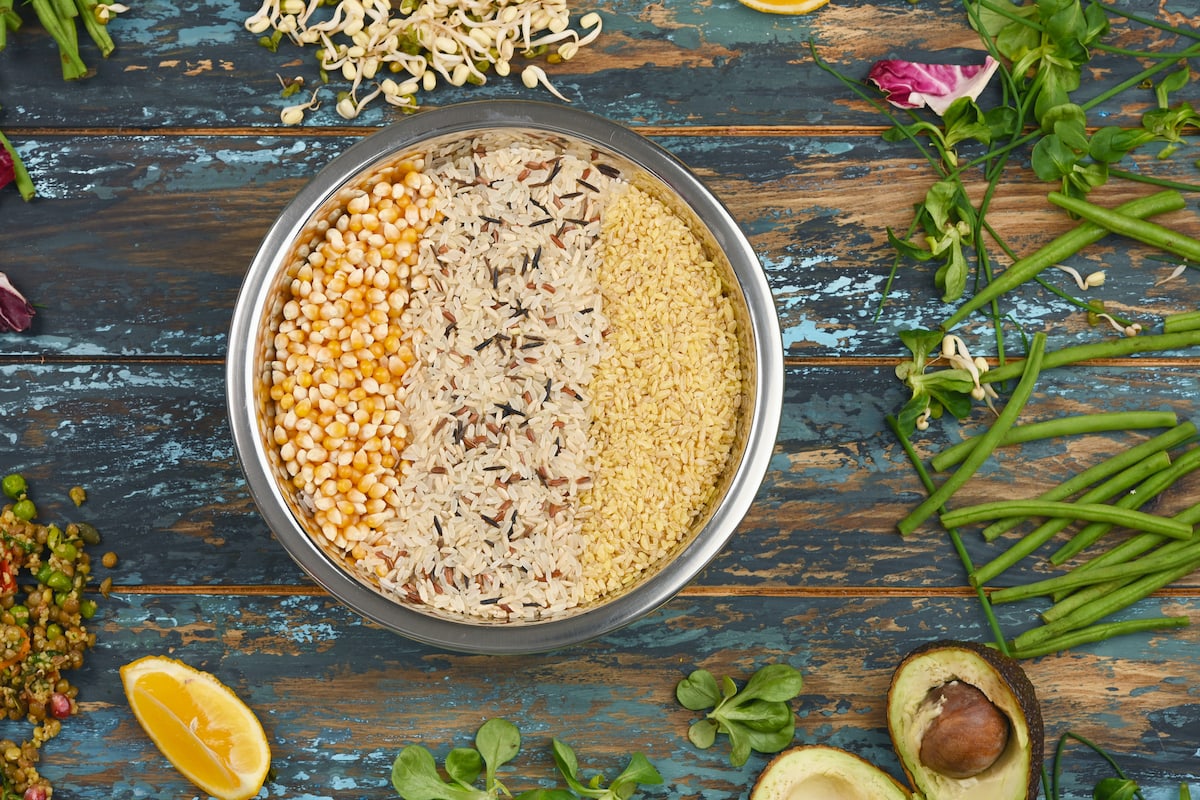





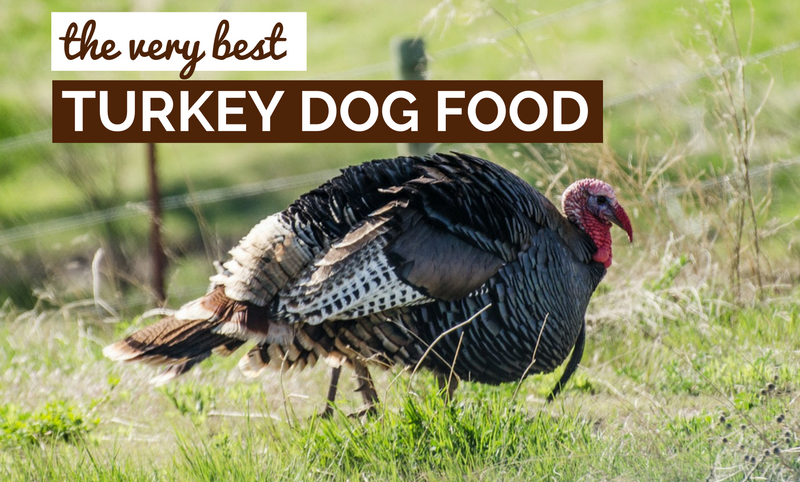

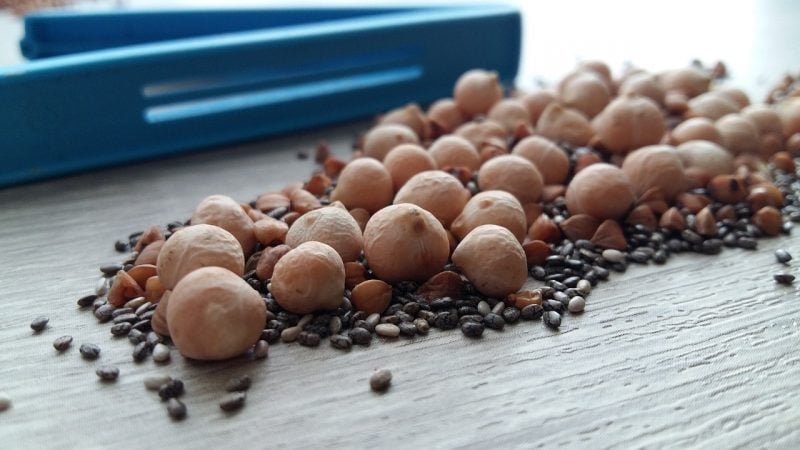
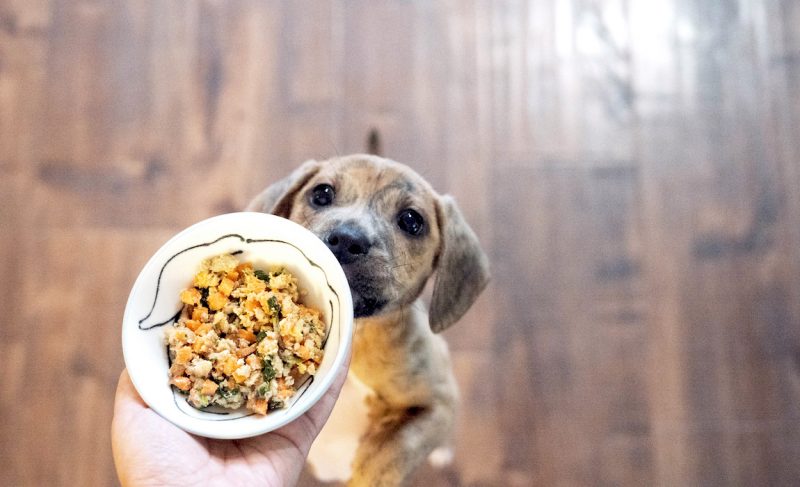

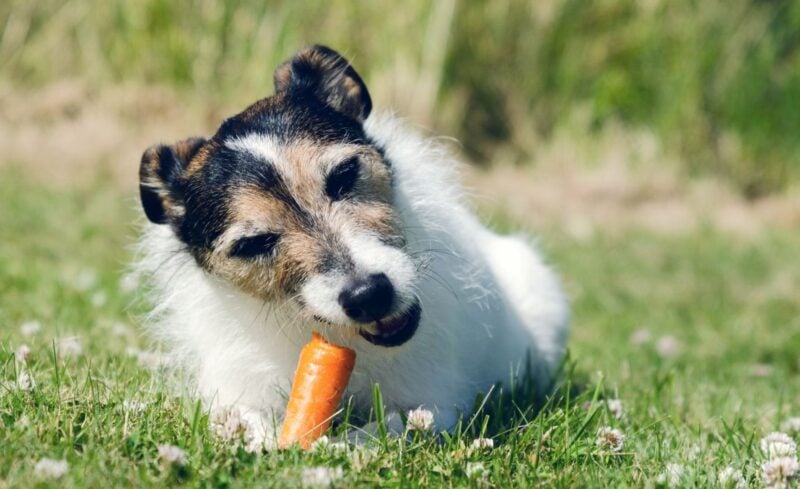

Leave a Comment